
The term ‘Urban Renewal’ first emerged in the late 1940s in America, as an attempt to modernize central cities. In simple terms, Urban Renewal is a strategic process of remodeling older parts of urban areas. It aims at restoring or replacing specific substandard urban areas by means of rehabilitation and conservation. These programs are generally undertaken by public authorities or local governments. SURFACES REPORTER (SR) looks at five important parts of Urban Renewal and Conservation.
1. Environmental Improvement: An urban planner must pay attention to the area’s physical, social and economic environment. The main emphasis must be to improve environmental conditions. Different locations of areas will have different needs. Climate, nearness to water, land’s current use, and geological history play a huge role in an area’s physical environment. On the other hand, social factors like the existing social fabric of the area, the available resources to different demographics of a region are crucial components of the social environment of a region. Finally, knowing about several economic factors of an area can help in its development. The socioeconomic levels and economic trends of the region can help planners construct a better economic environment.
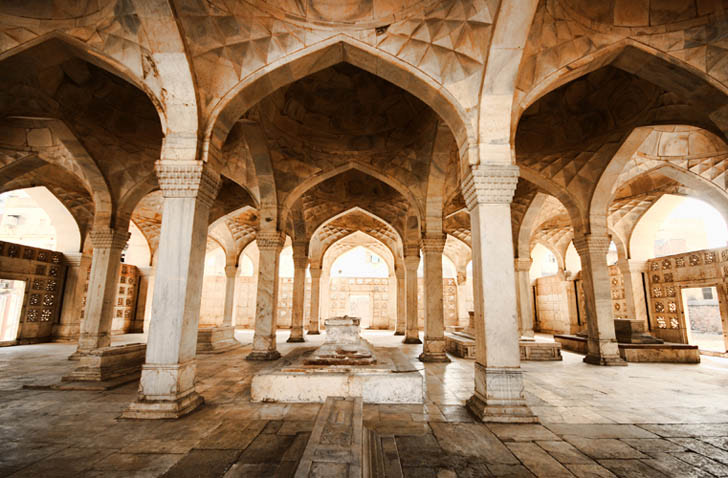
2. Redevelopment: Redevelopment consists of the removal and cleaning of old and poor-quality structures. The cleared land is then reused for the implementation of new projects. Demolition, clearance, and rebuilding of an entire area are covered under redevelopment. So, naturally, it is an expensive project to achieve and carries heavy social and environmental costs. It is applicable to only those areas which have gone beyond repair, and have no preservation value. Redevelopment generally involves the reallocation of the original population of a neighborhood to another part of the city. It often leads to the demolition of overcrowded housing in substandard areas of a city, like slums.
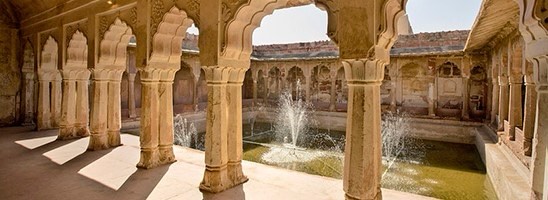
3. Rehabilitation: Rehabilitation can be termed as the opposite of redevelopment. In this process, the already existing old structures and buildings of a locality are repaired back to their original state. It focuses on repairing and restoring the natural and man-made components of existing localities. Rehabilitation is applicable to mainly those areas which have existing structurally sound property, but their condition has deteriorated because of negligence and improper maintenance. The reuse of land helps in the revitalization of communities and improves economic activity by increasing community spirit, creating new jobs, and boosting local tax revenues. Rehabilitation is a sustainable idea of urban renewal as it leads to smart and responsible growth, all while being cost-effective and environment-friendly.
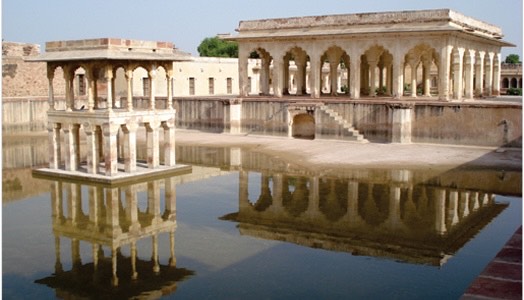
4. Integration: Integration is another approach to urban renewal and neighborhood regeneration. It combines the best aspects of both Redevelopment and Rehabilitation approaches of urban renewal. It consists of the repair of the properties that can realistically be reconstructed and saved, combined with the reconstruction of new buildings in place of cleared lands previously occupied by old and poor-quality structures. Integration is one of the most acceptable ways to regenerate old city neighborhoods. It respects the social order of a community and invites mass participation. Simultaneously, it enables the creation of rich environments through the introduction of new properties within pre-existing neighborhoods.
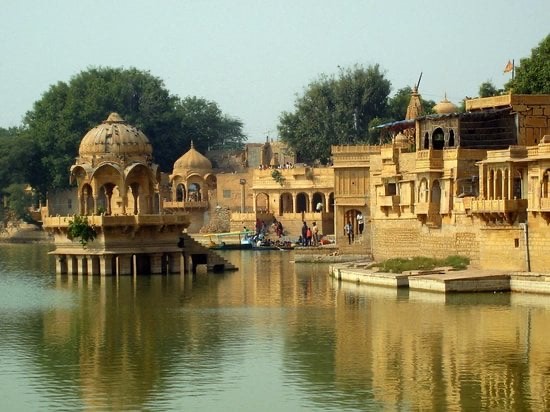
5. Urban Conservation: Urban conservation, often termed as preservation, essentially means to retain intactness. It is mainly concerned with those parts of an environment that hold some sort of architectural significance or historical relevance. It aims at preventing further deterioration of the presently sound property. Conservation does not necessarily mean preservation of all the features of a neighborhood, but a few buildings and structures which have higher architectural and historical significance. Lack of maintenance is a major reason for the loss of many such valuable older properties. Urban conservation is important in terms of monetary as well as energy savings.
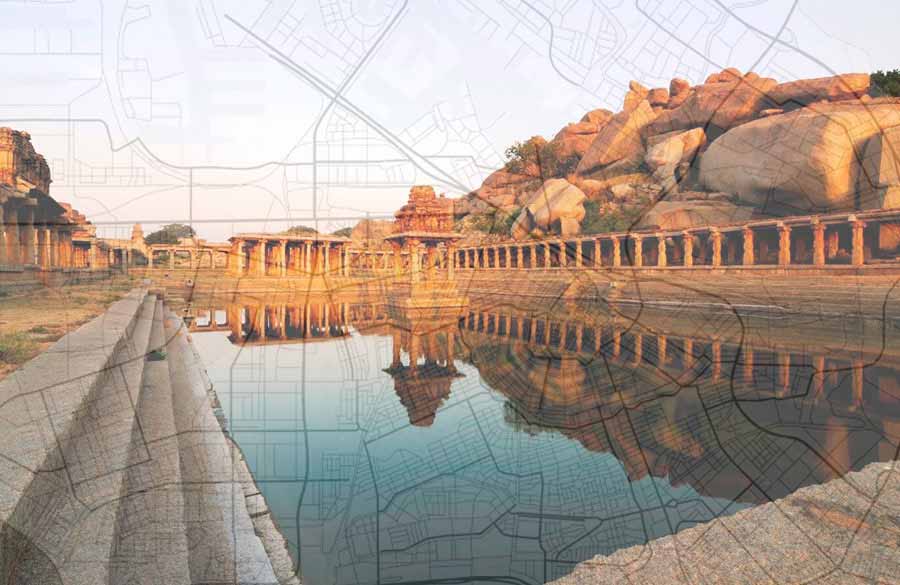
Depending on several environmental factors as mentioned above, it is important to choose one, or a combination of multiple approaches of urban renewal which proves to be most effective. Careful planning is also crucial so as to extract maximum benefits through minimum costs, by optimum utilization of resources.